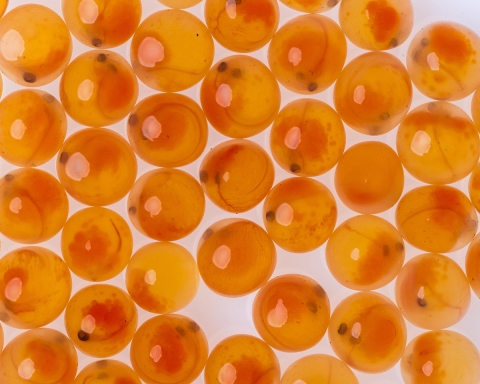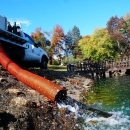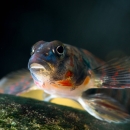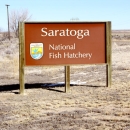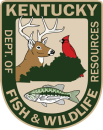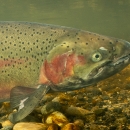Trout Production at Wolf Creek National Fish Hatchery
Wolf Creek National Fish Hatchery raises rainbow, brook and brown trout to support recreational fisheries that have been impacted by federal dams. Over a century ago, environmentalists recognized that conservation measures were necessary to maintain good fishing opportunities in our public waters, the fish that Wolf Creek raises help preserve the fishing tradition for present and future generations of Americans.
Wolf Creek gets their trout eggs from one of four federal broodstock broodstock
The reproductively mature adults in a population that breed (or spawn) and produce more individuals (offspring or progeny).
Learn more about broodstock hatcheries.
Broodstock hatcheries specialize in raising large quantities of fish eggs that are shipped out across the country to be grown in federal, state, or Tribal hatcheries. The four federal broodstock hatcheries are Ennis National Fish Hatchery, Erwin National Fish Hatchery, White Sulphur Springs National Fish Hatchery, and Saratoga National Fish Hatchery.
The eggs are shipped in the mail in specially designed coolers. Once they arrive, the eggs are placed in an iodine solution to prevent contamination. Afterwards, eggs are placed in hatching jars. Water flows through these jars continuously, to mimic natural spawning habitat, ensure proper oxygenation, and deter fungal growth.
Eggs hatch into sac fry and then grow into fingerlings.
Eggs take about two weeks to hatch once they arrive at the hatchery. Once the eggs have hatched, the small fish are called alevin, or sac fry, termed for the retained yolk sac on the underside of the fish. The sac fry will float to the top of the hatching jar, and travel with the overflowing water from the jar to the bottom of the tank. Here the sac fry lie on the bottom, absorbing nutrients from their yolk sacs for approximately 2-3 weeks before beginning on feed. Once fry reach approximately 2-3 inches in length, they are known as fingerlings. Fingerlings are moved from a tank in the nursery to one of the 64 outdoor raceways.
The trout grow into adult fish in long in-ground tanks called raceways.
Once the fish are moved to the outside raceways, they will be split or thinned several times during their time at the hatchery. The splitting ensures proper space for growth and good fish health. The larger the fish, the fewer are in a raceway and the more months they are at the hatchery. Most of the fish are stocked at 9, 10, 12 or 15 inches. It takes approximately 18 months to raise fish from the egg stage to a stockable size. Once the fish reach the desired length, it is time for stocking. Fish are collected, weighed, and then placed in a holding tank on the truck in preparation for distribution.
Access live Raceway Cam here: https://wcnfh.com/cam1.php
Access live Hatchery Creek Cam here: https://wcnfh.com/cam0.php
Wolf Creek National Fish Hatchery works with the Kentucky Department of Fish and Wildlife Resources to stock trout of various species and sizes in 125 different public fishing waters within the commonwealth.
Rainbow Trout:
- 20,550 lbs. - 15,000 fish at 15 inches
- 8,500 lbs. - 12,325 fish at 12 inches
- 49,300 lbs. - 120,750 fish at 10 inches
- 152,000 lbs. - 483,600 fish at 9 inches
Brown Trout:
- 8,300 lbs. - 12,000 fish at 12 inches
- 11,925 lbs. - 57,150 fish at 8 inches
Brook Trout:
- 4,600 lbs. - 15,000 fish at 9 inches
- 4 lbs.- 300 fish at 3 inches
Cutthroat Trout:
- 3,100 lbs. - 10,000 fish at 9 inches
